Oh! The Places You'll Go! From Ben to Daisy, birth to eleven and beyond
Match your child's developmental journey from infancy through middle childhood to the paths taken by the Children of Elmwood
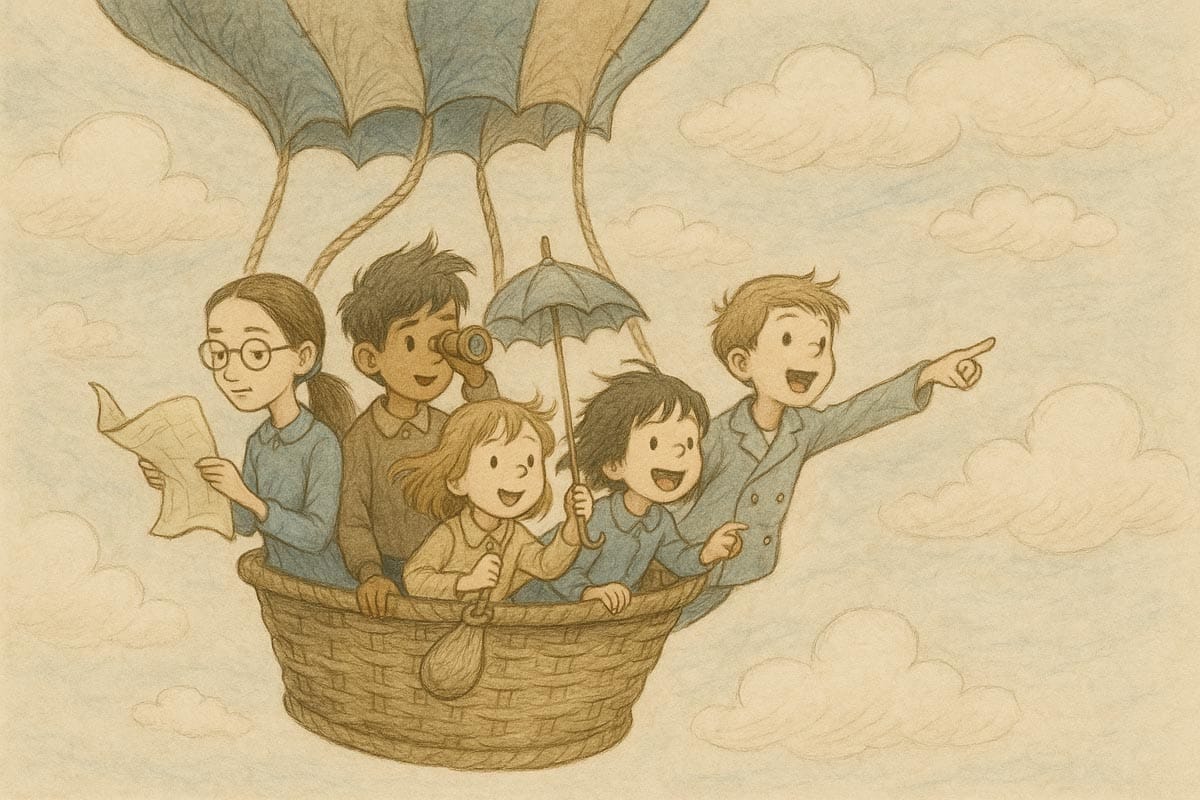
How children grow, learn, and develop from infancy through middle childhood
"You have brains in your head. You have feet in your shoes. You can steer yourself any direction you choose." - Dr. Seuss
The Flowing River of Childhood
Your child's brain is built one activity at a time.
She constructs meaning. She explores objects and how they work. She tests relationships and how they work.
And every time, her schemas, her theories about how the world works, are confirmed or torn down.
When we look at The Children of Elmwood playing together on The Green, it's easy to see the obvious differences between them. Ben, at eight months, is just mastering sitting independently, while Daisy at eleven is confidently planning her transition to secondary school.
What's less visible is how each child's abilities have unfolded along a continuous path of development - and how the seeds of Daisy's self-advocacy and independence were present years ago when she was Ben's age, reaching for toys just beyond her grasp.
This journey from infancy to middle childhood isn't a series of disconnected milestones.
It flows, like Walker Brook, the stream that the children of Elmwood love so much.
It may be slow and winding, but the destination is inevitable.
Drop your poohstick in the water and let the current carry it along.
It will go at its own pace. You can't hurry it. The pleasure is in the journey, not how soon you get there.
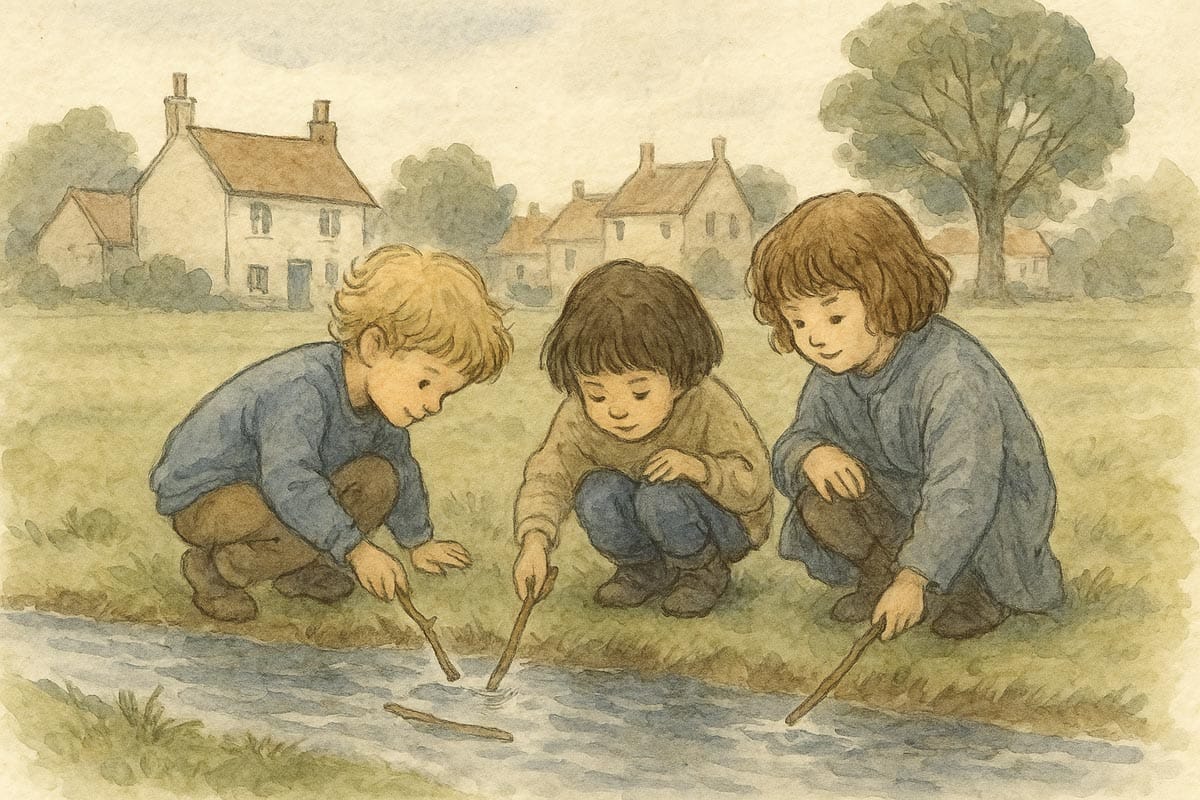
From sensory explorers to abstract thinkers
The sensory foundations (0-12 months)
Ben's world is primarily experienced through his senses. When he mouths wooden teething rings, pats the bumpy texture of his board books, or gazes intently at the shadows moving across his nursery wall, he's not just playing - he's building crucial neural pathways.
These sensory explorations create the foundation for all later learning:
- When Ben notices his rattle makes a sound when shaken, he's discovering cause and effect, a skill he'll put to good use in science lessons one day.
- As he reaches for toys just beyond his grasp, he's developing spatial awareness. Essential for the geometry he'll learn at school.
- While tracking his mother's movements across the room, he's building visual attention and discrimination.
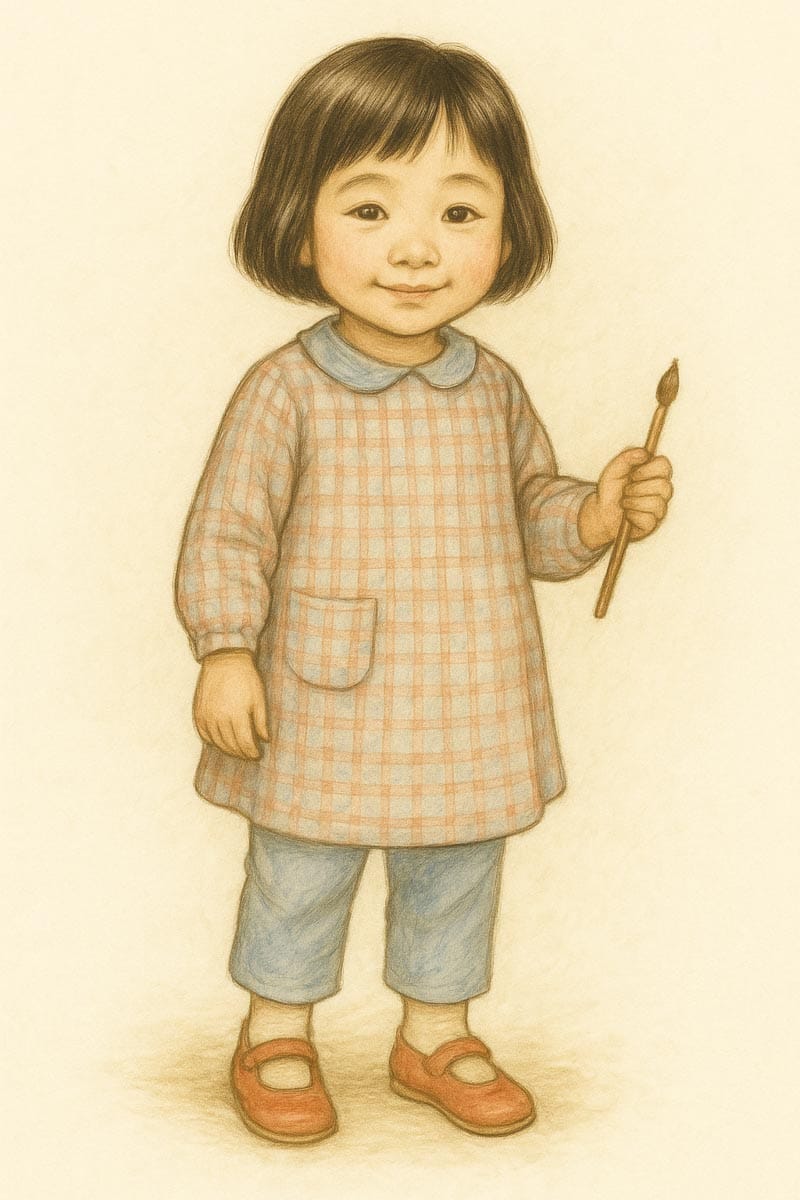
Discovering action and power (1-3 years)
Yuki's world revolves around movement, manipulation, and newfound independence. Her endless fascination with filling bags and baskets, then emptying them again, isn't just repetitive play - it's her brain working to understand concepts of containment, volume, and object permanence.
Her play builds directly on the sensory foundations Ben is currently establishing:
- Ben's early grasping reflexes evolve into Yuki's deliberate manipulation of objects
- Ben's visual tracking develops into Yuki's ability to follow complex trajectories as she throws balls
- Ben's babbling transforms into Yuki's ever-expanding vocabulary
When Yuki covers her toy car with a blanket and then dramatically reveals it, announcing "All gone! Found it!" she's demonstrating how object permanence (knowing things exist even when not visible) has become secure enough that she can now play with the concept.
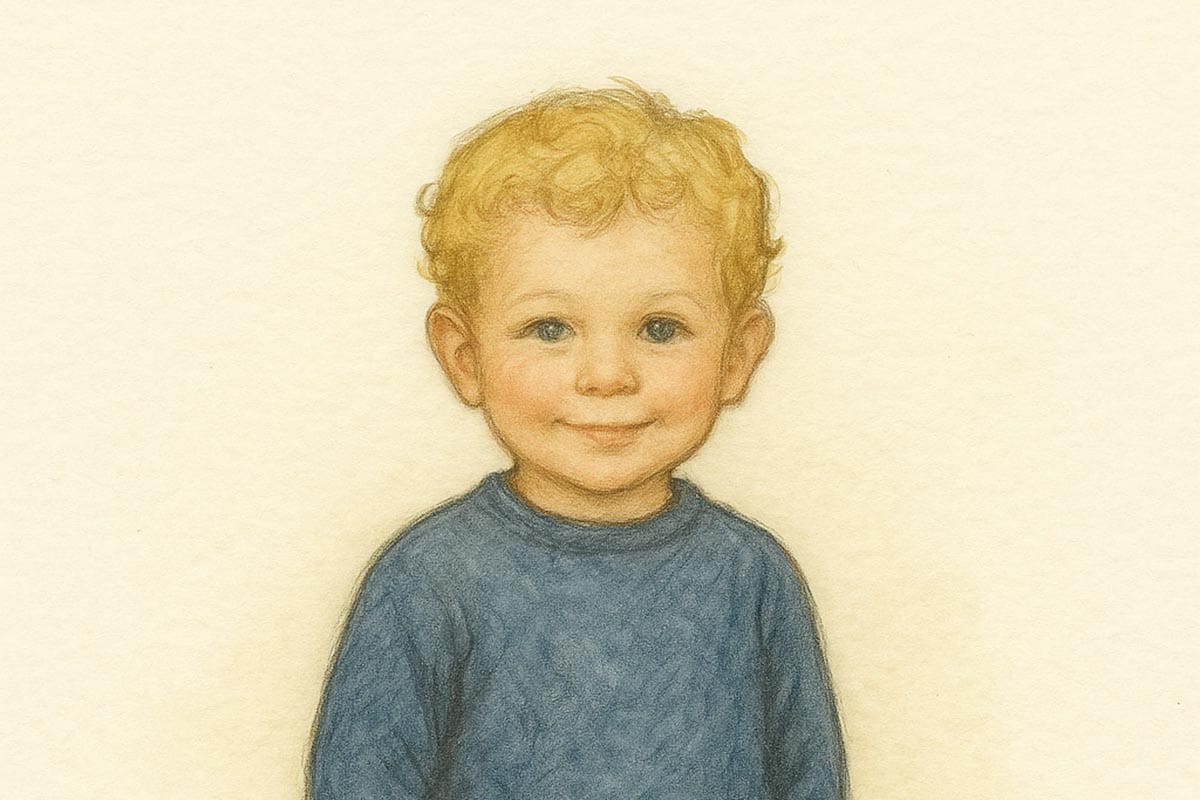
The imaginative explosion (3-5 years)
Sam's world expands dramatically through the power of imagination. His cardboard box is no longer just a container (as it was for Yuki) but transforms into a rocket ship, submarine, or castle depending on the day.
This leap into symbolic thinking builds upon the practical explorations of toddlerhood:
- Yuki's early sorting of objects by colour or size becomes Sam's ability to classify by more abstract features ("things that go together")
- Yuki's simple cause-effect experiments evolve into Sam's multi-step predictions ("If I put this ramp here, then my car will jump over the block")
- Yuki's emerging vocabulary explodes into Sam's complex narratives and explanations
When Sam creates an elaborate hospital for his stuffed animals, complete with waiting room and prescription notes scribbled with wavy lines, he's demonstrating how manipulation of real objects has evolved into manipulation of ideas.
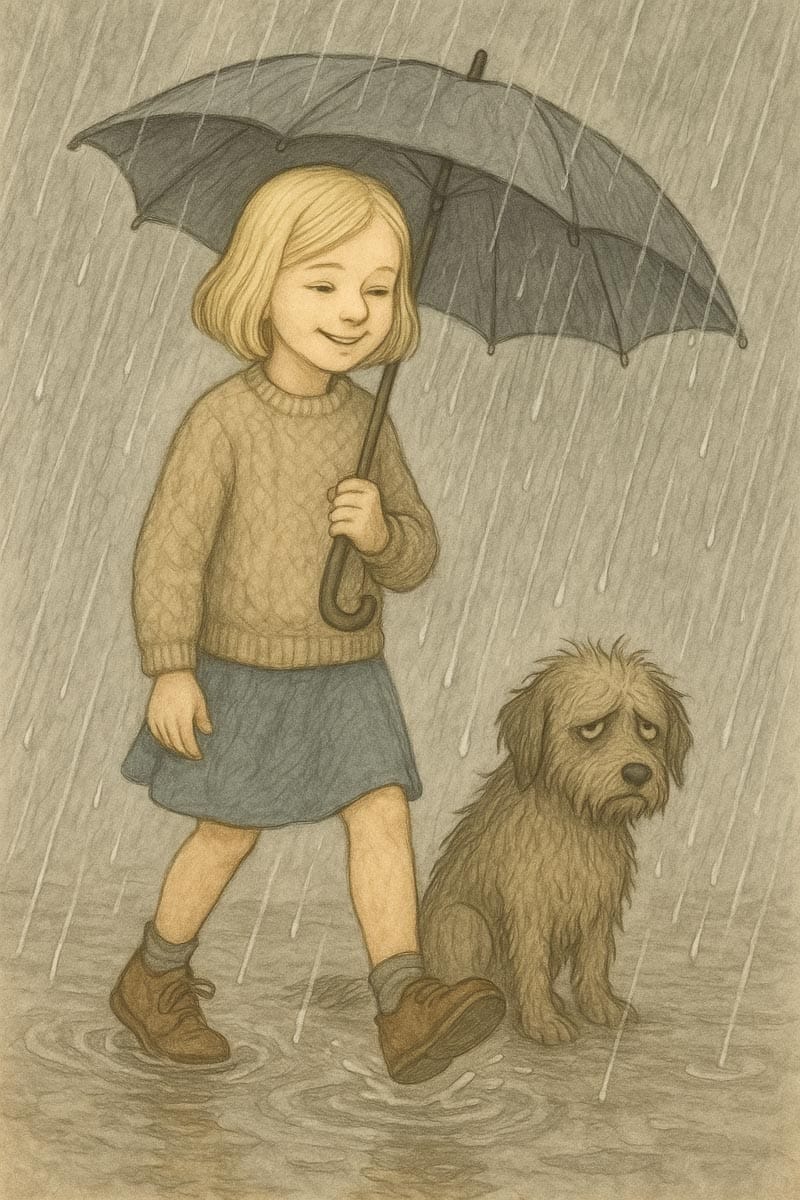
Building social worlds (5-7 years)
Alice's world increasingly centres around relationships and the excitement of formal learning. Her growing interest in "real" reading and writing doesn't emerge from nowhere - it builds directly on Sam's pretend writing and storytelling.
We see how earlier foundations support her development:
- Sam's solitary pretend play evolves into Alice's complex social role-play with friends
- Sam's recognition of environmental print ("That's the STOP sign!") transforms into Alice's early reading
- Sam's rough categorisations develop into Alice's more refined sorting and pattern recognition
When Alice carefully writes a birthday card for her friend Juliet, sounding out words and asking for spelling help with the tricky ones, we see how years of holding crayons, making marks, and telling stories have prepared her for this moment.
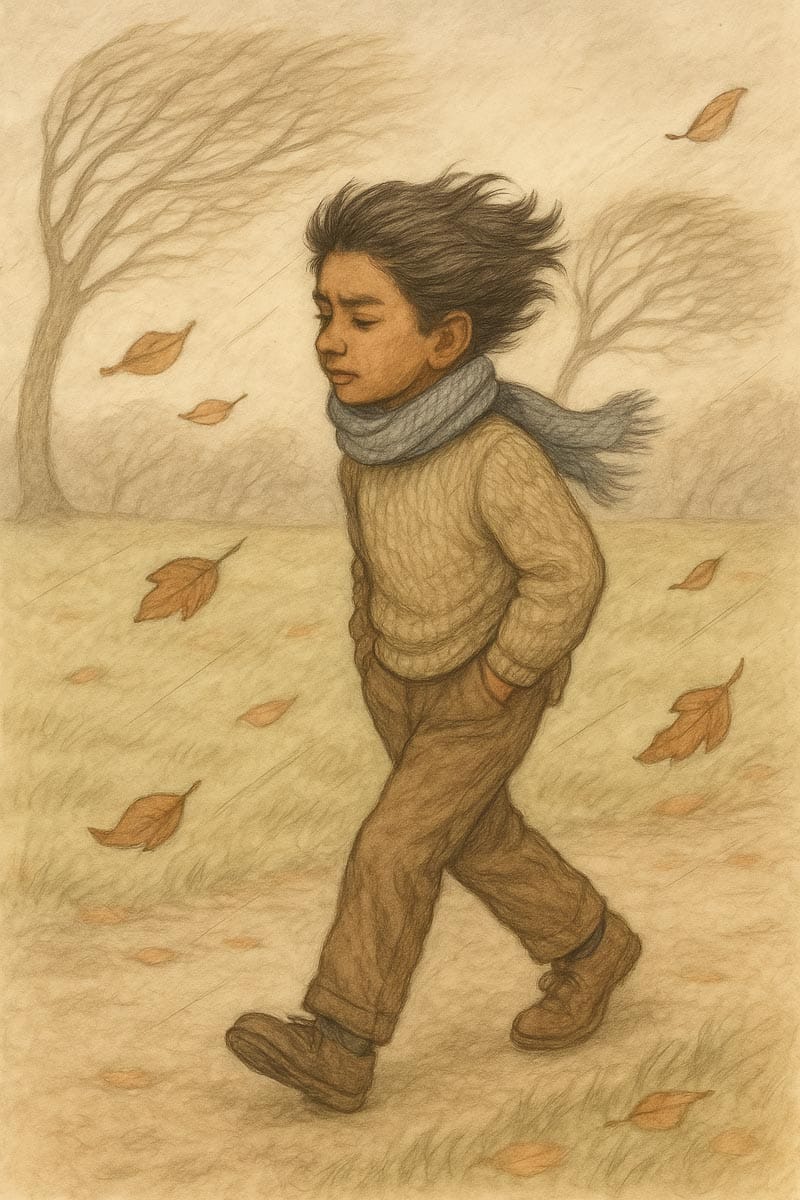
Systems and specialisations (7-11 years)
Raj's world is increasingly focused on understanding how things work, developing deep interests, and mastering complex systems of organization and logic. His detailed nature journal with careful sketches and observations of local birds shows how Ben's early fascination with textures has evolved into systematic investigation.
At eight, Raj is beginning to think in systems - he understands that his bird identification requires noting multiple characteristics (size, colour, beak shape, habitat) and cross-referencing them. When he organises his rock collection, he can sort by multiple criteria simultaneously and explain his classification system to others.
The connections to earlier stages remain clear:
- Alice's beginning peer relationships mature into Raj's deeper friendships built around shared interests and collaborative projects
- Alice's emergent literacy becomes Raj's reading for research and the joy of diving deep into topics that fascinate him
- Alice's simple categorisations evolve into Raj's complex classification systems and his ability to see patterns across different domains
When Raj spends an afternoon designing detailed plans for the neighbourhood treehouse, measuring dimensions and sketching different levels with precise attention to structural stability, we see how Ben's early cause-effect explorations have developed into logical, systematic thinking about real-world problems.
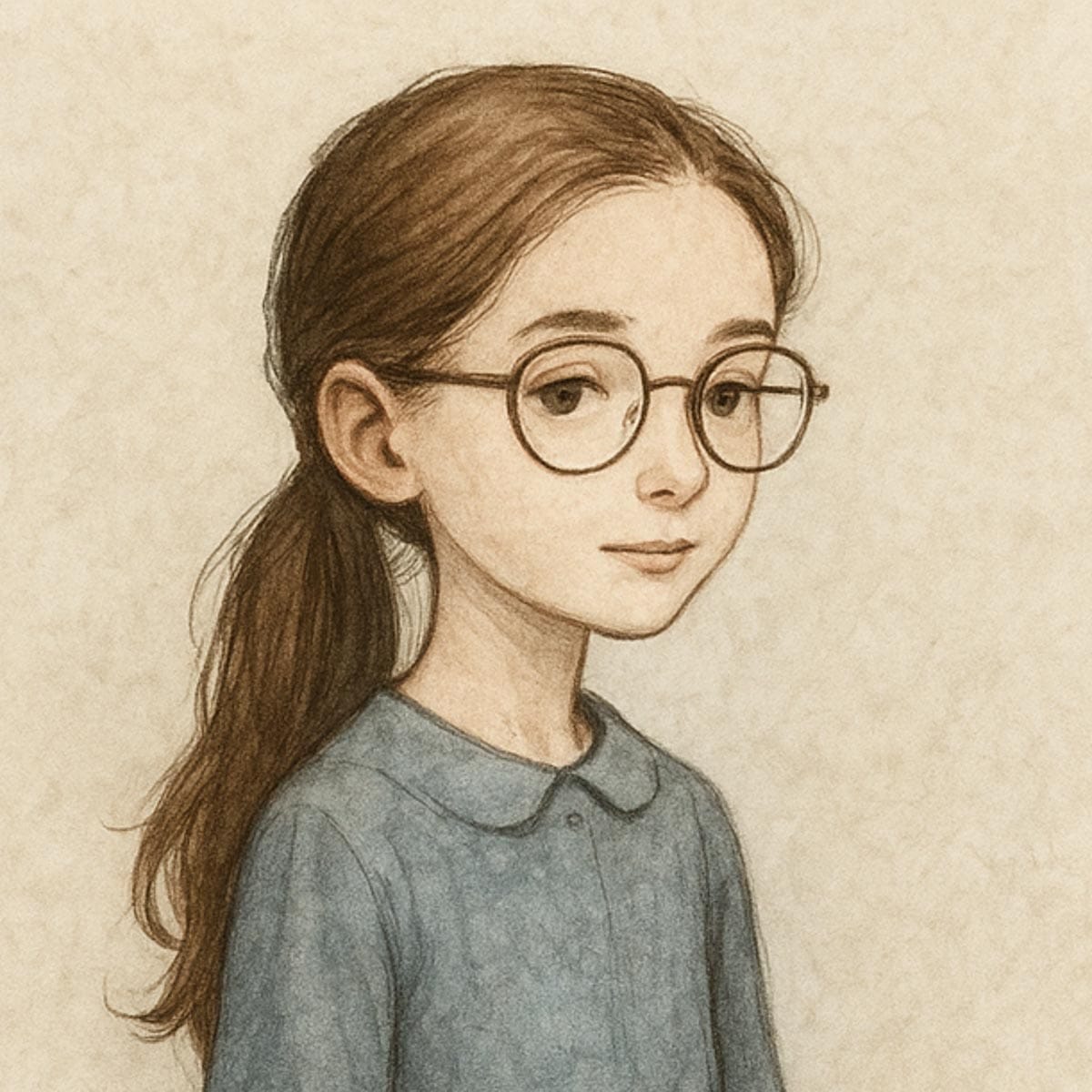
Confident independence (11 years)
Daisy's world represents the flowering of all those early foundations. At eleven, she can think abstractly, consider multiple perspectives, and make reasoned decisions about her own learning and relationships. Her ability to advocate for herself when she needs help with maths, or to mediate between Alice and Juliet when they disagree, shows how Ben's early social awareness has evolved into sophisticated emotional intelligence.
The connections to all earlier stages are beautifully clear:
- Raj's systematic thinking matures into Daisy's ability to plan long-term projects and consider consequences
- Raj's deep interests evolve into Daisy's capacity to pursue her passions while balancing multiple commitments
- Raj's collaborative friendships develop into Daisy's skill at navigating complex social dynamics and supporting younger children
When Daisy organises a neighborhood talent show, coordinating schedules, managing personalities, and troubleshooting problems as they arise, we see how Ben's early reaching and grasping has transformed into a confident young person who can reach for her goals and grasp opportunities in the wider world.
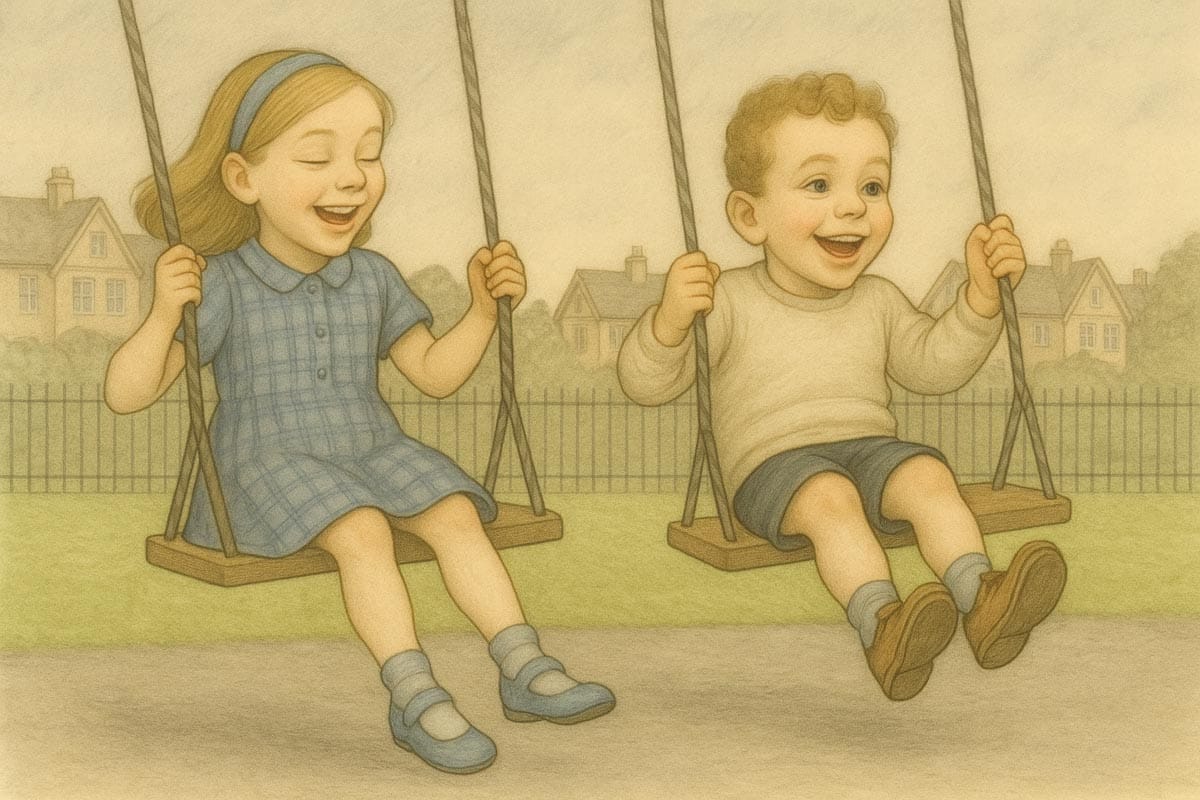
Individual journeys within universal patterns
While development follows predictable patterns, each child's journey is beautifully unique. The Children of Elmwood illustrate this perfectly:
Juliet and Alice are in the same school year, but their approaches to learning differ markedly. While Alice dove into reading early and progressed quickly, Juliet was initially more cautious with letters and sounds. Now, they've reached similar reading levels despite taking completely different paths - Alice through systematic phonics, Juliet through her love of picture books and storytelling.
George and Sam, both preschoolers, demonstrate how birth timing affects development. George's greater physical confidence comes partly from being several months older, while Sam's detailed imaginative scenarios showcase his particular strengths in language and creativity.
Yuki's bilingual home means her vocabulary in each individual language might seem smaller than her monolingual peers', yet her total vocabulary across both languages is actually larger, and her ability to think about language itself is remarkably advanced.
Alex's ADHD means his attention moves in bursts and waves rather than straight lines. His ability to hyperfocus on building projects is extraordinary, while sitting still for story time remains challenging. Both are part of his unique developmental profile.
Different children, different strengths - even within the same developmental windows, we see beautiful variety. While Raj at eight excels at systematic investigation and sustained focus on specific interests, Daisy at eleven shows us how those foundations bloom into sophisticated social intelligence and confident self-advocacy.
Like ripples on Walker Brook, development moves outward in expanding circles, sometimes pushing forward rapidly in one area while consolidating more slowly in another.
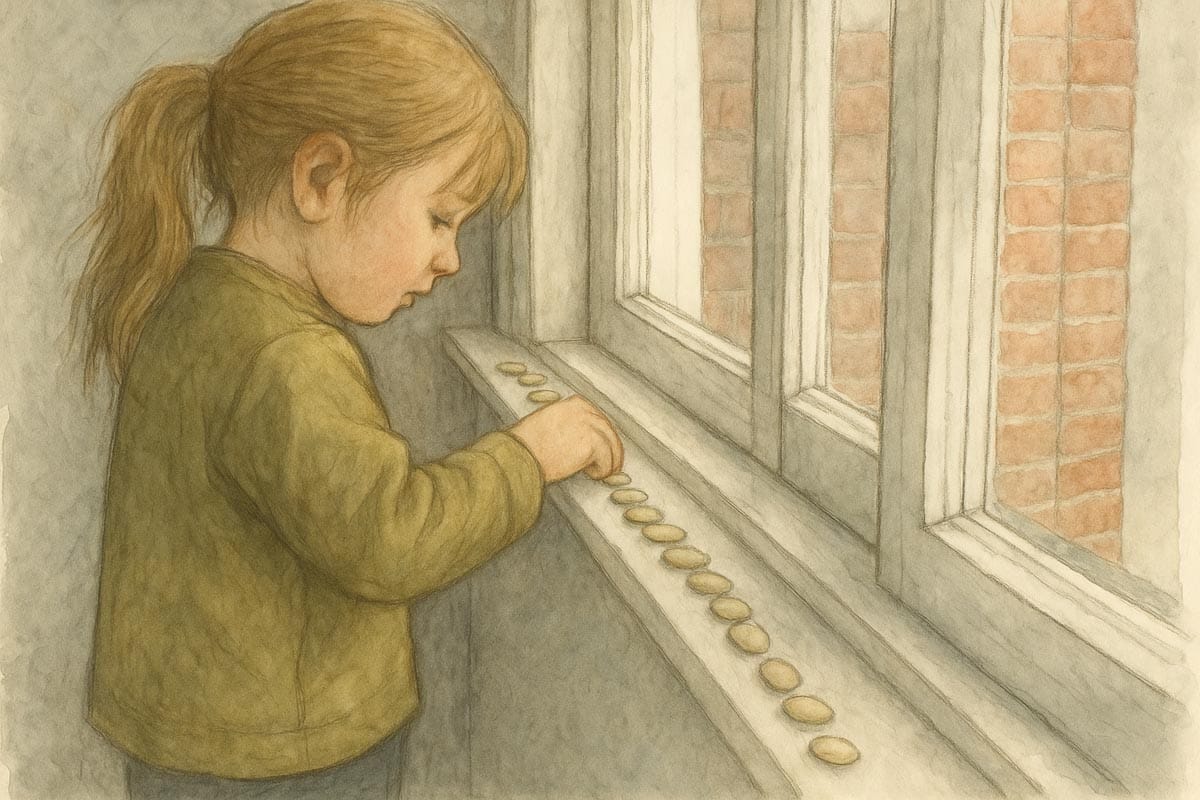
Supporting your child's unique journey
Understanding this developmental continuum helps us support children appropriately:
Trust the foundations
When Ben spends twenty minutes dropping spoons from his highchair, he's not making a mess - he's deep in research. Recognising this empowers us to leave him to his explorations, knowing that they'll lead to the kind of scientific thinking that, seven years later, fascinates Raj so much.
Look backwards to move forwards
If your child is struggling with a particular skill, consider whether an earlier foundational skill needs more support. Raj's difficulty with written composition was helped not by more writing practice, but by returning to oral storytelling to strengthen his narrative abilities. If this is your child, take a look back in time at what Alice and Juliet are up to. They might be enjoying something that's just right for you.
Recognise the integration
Development isn't compartmentalised into "physical," "cognitive," and "social" boxes. When Sam builds block towers with friends, he's simultaneously developing spatial awareness, social negotiation, language skills, and emotional regulation.
Celebrate the journey, not just destinations
Yuki struggles to do up her zip. She's two-and-a-half.
She has no chance.
But her 'unsuccessful' efforts are developing the fine motor skills to master zips, pencils and scissors in record time.
She's delighted with her attempts. There's no need to jump in and fix things.
Honour individual timelines
The age ranges associated with developmental stages are windows, not deadlines. Some children walk at 9 months, others at 17 months - both are within normal ranges. They all get there in the end.
Childhood itself has immense value. These years aren't merely preparation for adult life. They are a rich and important time in their own right.
We'll mix activities, child development theory and the children's stories to give you the fullest picture of your child's journey from Ben to Daisy. Not rushing ahead, nor holding back. The right support at the right time, meeting her exactly where she is.
The one phrase I heard more than anything else on my teacher training?
Start with the child.
And that's exactly what we'll do.
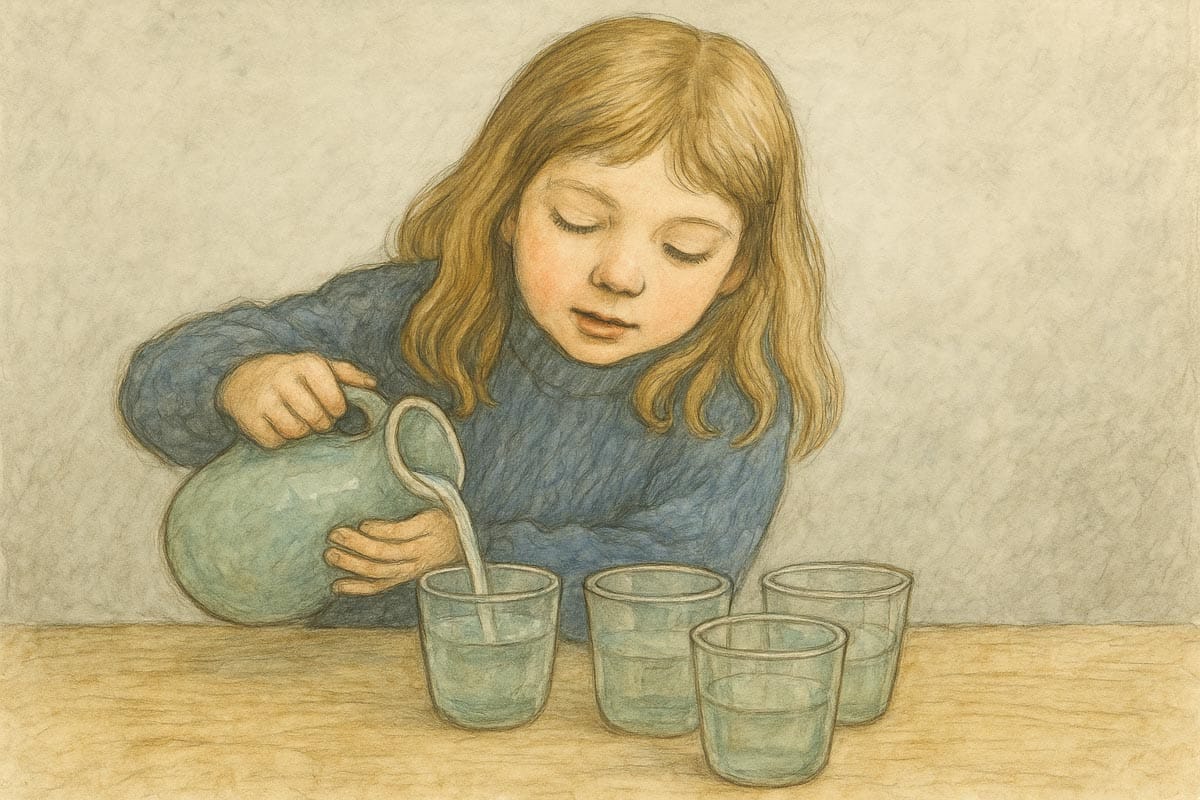
Writing their own story
"You're off to Great Places! Today is your day! Your mountain is waiting, So... get on your way!"
Dr. Seuss, Oh! The Places You'll Go!
At eleven, Daisy stands at the threshold of adolescence with all the foundational skills she needs to navigate the wider world. She can advocate for herself, think critically about complex problems, maintain friendships through difficulties, and pursue her passions with sustained focus.
The journey from Ben's first grasps to Daisy's confident independence shows us something remarkable: every child carries within them the capacity to write their own story. StoryChild doesn't just help you understand where your child is today - it helps you see where she is heading and trust in her ability to get there.
What do you want for your child?
I want mine to be able to walk to school by themselves, advocate for their needs, pursue their interests with passion, and face new challenges with confidence.
I want them to become the authors of their own adventures.
This is the world that StoryChild is preparing your child for - not just academic success, but the deep confidence that comes from being understood, supported, and trusted to grow at their own pace.
"And will you succeed? Yes! You will, indeed! (98 and 3/4 percent guaranteed.)"
There's a Dr. Seuss quotation for just about anything...
Ready to dive deeper into your child's current stage? Choose your Elmwood companion and begin following their weekly adventures through the seasons.
Happy playing!
P.S. Over the coming days, The Children of Elmwood's profiles will appear on the website along with links to the newsletters and articles that invite us into their worlds.
- Start with the Child is the place to go for Yuki's story. (Toddlers)
- Sam and George will be your guides to Spring to School. (Preschoolers)
- Follow Alice and Juliet, Raj and Daisy in Screen-Free Saturdays. You'll also see cameos from Alex from time to time. (School age)
- Coming soon, a new newsletter for Ben and Alfie, Elmwood's youngest friends. (Babies)

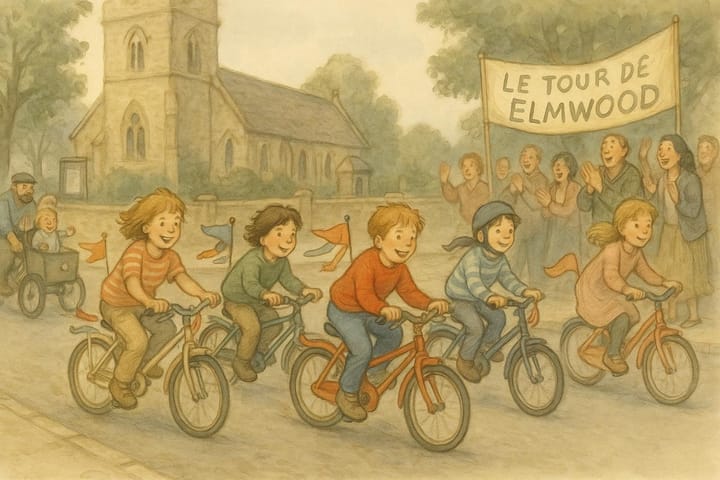
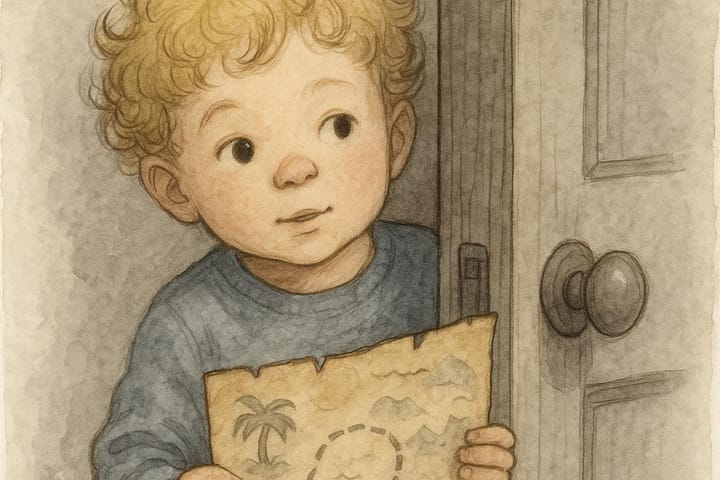
Comments ()